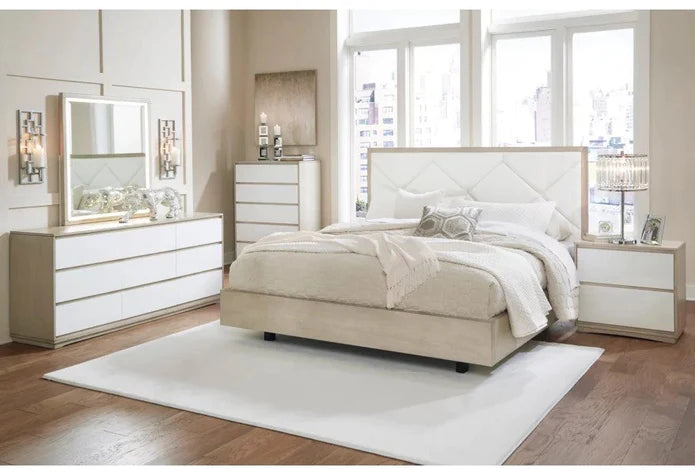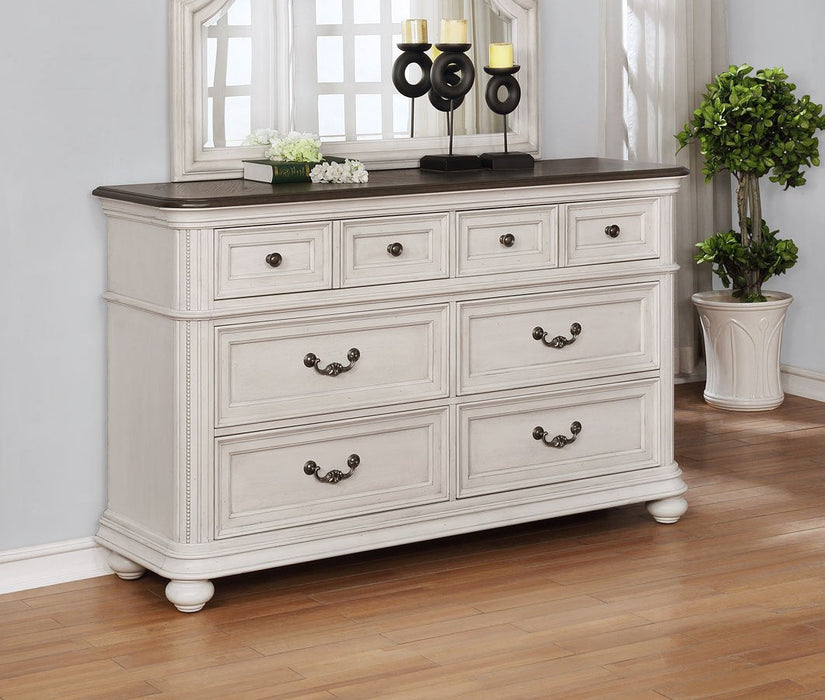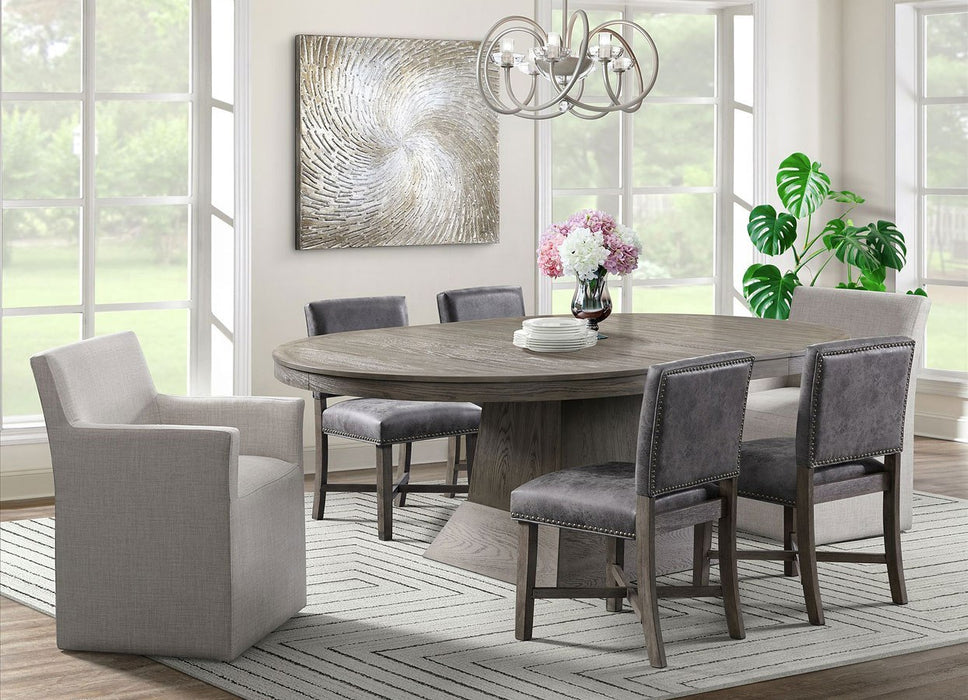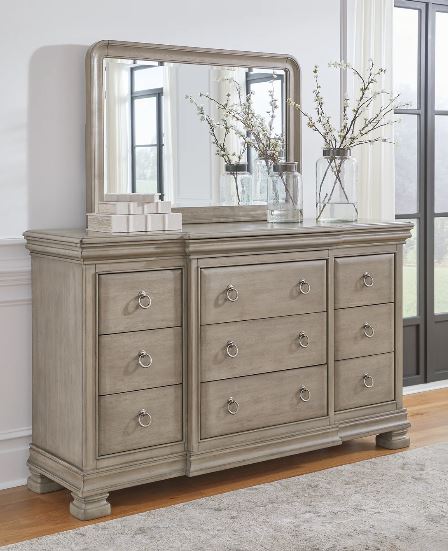
The 7 Elements of Interior Design: What They Are and How to Use Them in Your Home
Interior design is not just an art, it’s also a science! Although the design of a home draws from the creativity of the homeowner, there are also certain guidelines you can use as tools along the way. Namely, the seven interior design elements act as criteria for balancing the overall look of a space. Taking the time to integrate each element into the design of your home can help to promote a functional and visually appealing layout. The seven elements of interior design, in no particular order, are:
- Space
- Line
- Form
- Light
- Color
- Texture
- Pattern
In order to approach the design of your home like a pro, take each of these elements into consideration beforehand. How do you envision the look and feel of each element? For example: do you prefer lots of light or a darker look? Do you prefer bold, colorful pattern work or muted, solid-colored decor? Read on for more information about how to use the seven elements of interior design in your home.
Space
The term “space” in interior design signifies the amount of space around and between furnishings and objects and their room proportions. An interior decorator begins a project by familiarizing themself with the dimensions and space of the project at hand. It is important to have a clear understanding of all of the measurements and details, including the location and size of the doors and windows in each interior design.
Positive space is defined as furniture-filled space, while negative space is defined as “empty” space. Aim to balance positive and negative space in your home design to make your space more inviting and visually appealing.
A room feels more spacious when it has more negative space, but too much negative space leads to an under-furnished and sparse look. Conversely, a room can feel over-furnished and crowded with excessive positive space. To create a balance between negative and positive space, ensure passageways are 1m wide and that there are enough gaps between furniture and different items. It’s also important to make sure that furniture pieces are sized proportionally in reference to the size of the room. For example, an oversized sectional in a small room will feel cramped and out of place.
Line
Furnishings and structural features in a room can influence the feel of any space by creating lines that gather attention to a focal point. These lines can be dynamic, horizontal, or vertical. Horizontal lines provide stability to an interior, and they include table lines. You might frequently find horizontal lines in chairs, tables, and other similar furniture.

Vertical lines, on the other hand, are found in tall fireplaces, doors, windows, and other features, making a room appear taller. When you choose a tall feature for your home, for instance, someone viewing it may be led to look at it all the way upwards, creating a visually heightening or freedom feeling in the room. As an interior designer, you should balance horizontal and vertical lines for a better feel in your home.
We see dynamic lines, such as curves, diagonals, and zigzags, in features like a staircase. Dynamic lines can also be created by tiling the floor or walls diagonally. These types of lines are unique and add energy to a room's interior design.
Form
Form refers to the room's overall shape and may also be the room's decor, light features, or furniture. The two types of forms are geometric and natural forms. Geometric forms include the shape of furniture and are generally seen in man-made objects. Natural forms include plants and are more organic and less uniform. Curved and rounded shapes are associated with softness, whereas square shapes are associated with strength.
Light
Most interiors incorporate both natural and artificial lighting. Balancing natural and artificial lighting in your home gives it an aesthetic, unique elegance, and style. The quantity and quality of natural daylight may be fixed but filtered using curtains and window fabrics. Where light is lacking, it can be supplemented by hanging mirrors in the room, borrowing light from other rooms, and other techniques.
You can incorporate artificial light by installing ceiling lighting fixtures, floor lamps, accent lighting that highlights certain decor, or task lighting that makes space safe for reading and cooking. Certain tasks and activities require less light, so consider installing dimmers in your light switches. That way, you can turn the lights down at the end of the day, or increase the level of light for cleaning, reading, etc.
Color
Color helps create a feeling or mood in a room and can make a room feel larger, lighter, and more unique. Consider the function of a room before deciding on a color palette. For instance, more restful color shades are ideal for bedrooms, while energetic shades are perfect for a home office.
The properties of color may be affected by the time of day and whether it is visible in artificial or natural light. Consider these elements while choosing colors for your house interior.

Texture
Texture is used in interior design to add depth and interest. Visual texture and real texture are the two types of texture. Visual textures, such as marble, are only visible, while actual textures, like velvet, are visible and can be felt. When designing your home, consider adding color, texture, and patterns to make your space more functional without major design changes.
Pattern
Patterns are a repeated decorative design, usually found in textiles, tiling, and wallpaper. Pattern is similar to texture as they both add interest and variety to your home. Patterns can be abstract, floral, geometric, or any other design and should be consistent with the general style of the space. Ensure that the pattern's scale is in line with the room and the area it covers to avoid cluttering your home’s interior.

Step Up Your Home Design with Lifestyle
Lifestyle Furniture has years of experience assisting homeowners in bringing their desired style to life through its wide collection of quality furniture and accessories. Visit us online or in-store to view our selection and shop home furniture, rugs, accents and more!




